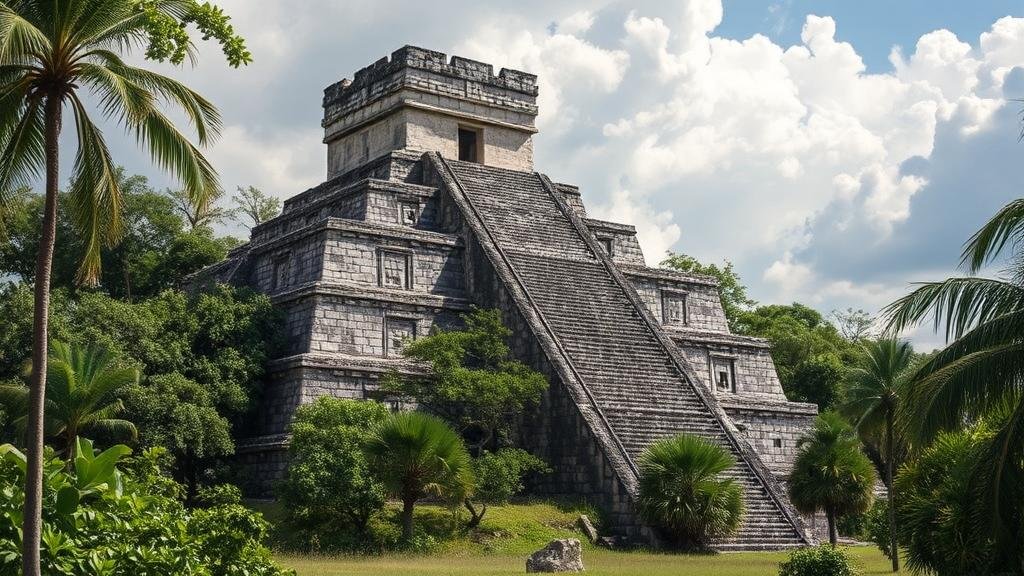Investigating reports of lost Mayan city ruins beyond the established sites in Belize.
Investigating Reports of Lost Mayan City Ruins Beyond Established Sites in Belize
The ancient Maya civilization was one of the most advanced and complex societies in history, flourishing in Mesoamerica from around 2000 BC to the arrival of Spanish colonizers in the 16th century. While much has been discovered about this fascinating culture through established archaeological sites, recent reports suggest that there may be previously undiscovered Mayan city ruins hidden in the jungles of Belize. This article aims to explore these reports, the techniques employed in the search for these ruins, and their potential significance in understanding Mayan civilization.
Historical Context
Belize is home to several well-known Mayan sites, including Caracol, Xunantunich, and Lamanai. e archaeological wonders have provided invaluable insights into Mayan architecture, agriculture, and social structure. Caracol, for instance, was once one of the largest Mayan cities and featured impressive temples, an extensive road system, and intricate water management practices. But, the vast jungles of Belize remain largely unexplored, leading researchers to speculate about the existence of additional Mayan settlements.
The Discovery of New Ruins
Reports of lost Mayan city ruins beyond established sites emerged following innovative archaeological techniques such as LiDAR (Light Detection and Ranging) scanning. This technology allows researchers to create detailed three-dimensional maps of landscapes by penetrating dense vegetation, revealing structures that are otherwise invisible from the ground. In 2018, a groundbreaking LiDAR survey in Belize uncovered over 60,000 ancient structures, including roads, houses, and terraces, indicating a highly developed urban landscape.
One significant discovery involved a possible lost city located in the central region of Belize, near the Petén region of Guatemala. Archaeologists have identified large platforms that suggest urban planning and complex societal organization, marking it as one of the most promising leads in the search for lost Mayan cities.
The Significance of These Findings
The implications of locating additional Mayan cities are profound. e ruins could change the understanding of the Mayan civilizations geographic reach, social networks, and trade systems. For example, a significant discovery could indicate a more complex political landscape, suggesting that smaller cities may have played crucial roles as trade hubs or centers of power.
Challenges in Discovering Ruins
Despite advances in technology, several challenges arise in the pursuit of lost Mayan cities:
- Dense Vegetation: The thick jungles of Belize can obscure possible sites, making ground surveys difficult and time-consuming.
- Funding Constraints: Archaeological research requires significant financial investment for technology, personnel, and preservation efforts.
- Environmental Concerns: The degradation of ecosystems due to illegal deforestation and development poses a threat to undiscovered sites.
Real-World Applications of Emerging Technology
The use of LiDAR is not just limited to exploring Mayan ruins; it has practical applications in various fields, such as urban planning, forestry, and environmental conservation. By mapping out unexplored terrain, scientists can better assess biodiversity and plan preservation strategies for at-risk environments. Also, findings from archaeological studies can inform cultural heritage tourism, offering economic opportunities for local communities.
Conclusion and Actionable Takeaways
The ongoing investigation into reports of lost Mayan city ruins in Belize holds incredible potential for advancing the understanding of this ancient civilization. As new technologies such as LiDAR continue to evolve, the archaeological community is optimistic about uncovering more about the societal structures, economic systems, and cultural practices of the Maya.
For those interested in contributing to this field, consider supporting archaeological organizations that prioritize research and preservation. Engaging in local cultural promotion through tourism can also play a significant role in protecting these invaluable historical sites, ensuring they are preserved for future generations.



